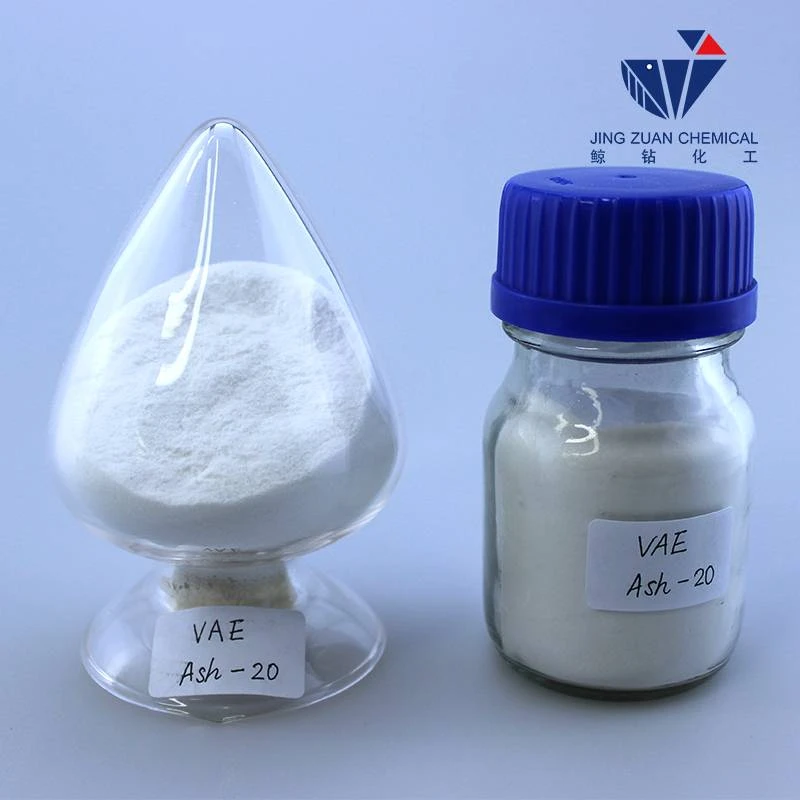
Th12 . 25, 2024 23:11 Back to list
Understanding the Properties and Applications of Hydroxyethyl Cellulose in Various Industries
Hydroxyethyl Cellulose A Versatile Polymer in Modern Applications
Hydroxyethyl cellulose (HEC) is a non-ionic, water-soluble polymer derived from natural cellulose. Its unique structural and functional properties make it an indispensable ingredient in a wide range of industrial and consumer applications, from pharmaceuticals to cosmetics, and from food to construction. As a modified cellulose product, HEC stands out for its ability to enhance the performance of formulations while ensuring environmental safety and compatibility.
Composition and Properties
HEC is produced by the hydroxyethylation of cellulose, which is derived from plant fibers, predominantly wood pulp. The reaction introduces hydroxyethyl groups into the cellulose structure, improving its solubility in cold and hot water alike. The degree of substitution (DS) and molecular weight can be tailored during production processes, allowing for customized properties suitable for diverse applications. Key characteristics of HEC include its ability to form viscous solutions, excellent stability across a range of pH levels, and its non-toxic nature, making it safe for use in food and cosmetics.
Applications in Pharmaceuticals
In the pharmaceutical industry, HEC is valued for its role as a thickening agent, stabilizer, and controlled-release agent in drug formulations. It can modify the viscosity of solutions, which is essential for ensuring proper delivery and absorption of active ingredients in a variety of dosage forms, including gels, ointments, and suspensions. HEC’s ability to form a barrier on the skin also lends itself to topical formulations, enhancing the delivery and efficacy of active compounds. Moreover, its biocompatibility makes HEC an ideal candidate for use in wound dressings and medical devices.
Cosmetic and Personal Care Products
The cosmetic industry extensively uses HEC for its thickening and film-forming properties. Creams, lotions, and gels benefit from the improved texture and stability HEC brings to formulations. The polymer's hydrophilic nature helps retain moisture, making it a common ingredient in moisturizers and hair care products. Additionally, HEC can provide a desirable cosmetic feel, enhancing spreadability and conditioning properties in skin and hair products. Its ability to act as a stabilizing agent in emulsions contributes to the overall performance and aesthetic quality of personal care formulations.
hydroxyethyl cellulose

Food Industry Usage
In the food sector, HEC serves as a thickening and stabilizing agent, contributing to the texture and consistency of various products. It is utilized in sauces, dressings, and dairy products, where it helps prevent separation and improves mouthfeel. As a dietary fiber, HEC can also be incorporated into food formulations to enhance the nutritional profile, providing health benefits without significantly altering flavor. Its safety and acceptance as a food additive make it a popular choice for manufacturers aiming to create clean-label products.
Construction and Other Industrial Applications
Beyond consumer goods, HEC finds its applications in the construction industry, particularly in cement-based products and adhesives. It enhances the workability and adhesion properties of mortars, improving the application process and overall performance of building materials. By controlling water retention, HEC aids in maintaining the integrity of the mix and enhances setting time, making it invaluable in construction projects.
Environmental Considerations and Future Prospects
With a growing emphasis on sustainability, HEC is gaining attention as a green alternative to synthetic polymers. It is biodegradable and derived from renewable resources, aligning with the increasing demand for environmentally friendly materials. As industries continue to seek out sustainable solutions, HEC’s versatility and eco-friendliness position it as a polymer of the future.
In summary, hydroxyethyl cellulose is a multifunctional polymer that plays a critical role across many industries. Its unique properties allow for enhanced product performance while remaining safe for consumers and the environment. As research and development in polymer science advance, the potential applications and benefits of HEC will likely continue to expand, solidifying its place in innovative formulations worldwide.
-
tile-bonding-additives-for-stronger-bonds
NewsAug.22,2025
-
construction-grade-rdp-for-wholesale-needs
NewsAug.22,2025
-
trusted-wholesale-hec-partners
NewsAug.22,2025
-
hec-solutions-for-industrial-excellence
NewsAug.22,2025
-
construction-additives-need-hpmc-essentials
NewsAug.22,2025
-
hpmc-versatile-cellulose-ether-for-industries
NewsAug.22,2025







